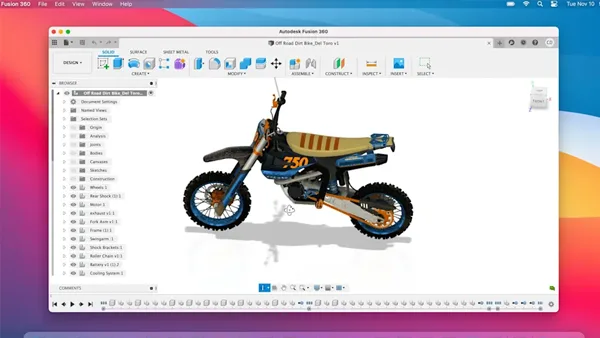Apple has officially confirmed that macOS 26, codenamed macOS Tahoe, will be the final version of the Mac operating system to support devices powered by Intel processors. The announcement was made during a developer-focused session after Apple’s latest global developer conference.
While Intel-based Macs will still have access to all of Tahoe’s features and will continue receiving security updates for the next three years, their journey within the Apple ecosystem will come to a close by 2028.
Transition to Apple Silicon
Apple began transitioning to its in-house Apple Silicon chips in 2020, moving away from Intel’s x86 architecture. These newer ARM-based processors are known for their enhanced performance and energy efficiency — especially critical for users in regions like India, where battery backup and performance can significantly influence purchasing decisions.
As of now, many older Intel Macs have already become ineligible for major OS upgrades. With this latest announcement, Apple has placed a definitive end date on support for the remaining Intel-powered models.
Focus on Developers and Smooth Migration
The update was primarily directed at app developers, urging them to prepare their software for a future without Intel Macs. Apple has assured that both macOS 26 and the next version, macOS 27, will continue to support Rosetta, a built-in tool that allows apps designed for Intel architecture to run on Apple Silicon. However, Rosetta will eventually be reserved for specific legacy applications such as older video games.
Which Intel Macs Will Still Support macOS 26?
Users in India who own any of the following Intel Macs will be able to install macOS Tahoe:
- 2019 16-inch MacBook Pro
- 2020 13-inch MacBook Pro
- 2020 27-inch iMac
- 2019 Mac Pro
What This Means for Indian Users
For Indian consumers, especially professionals and students using Intel-based Macs, this update signals a good time to consider upgrading to Apple Silicon devices. With macOS updates playing a vital role in device security and performance, staying on unsupported hardware could limit productivity and compatibility in the coming years.
Apple’s latest move marks a clear push toward its Silicon-first future — and it’s a sign for users to gradually plan their next hardware transition.
